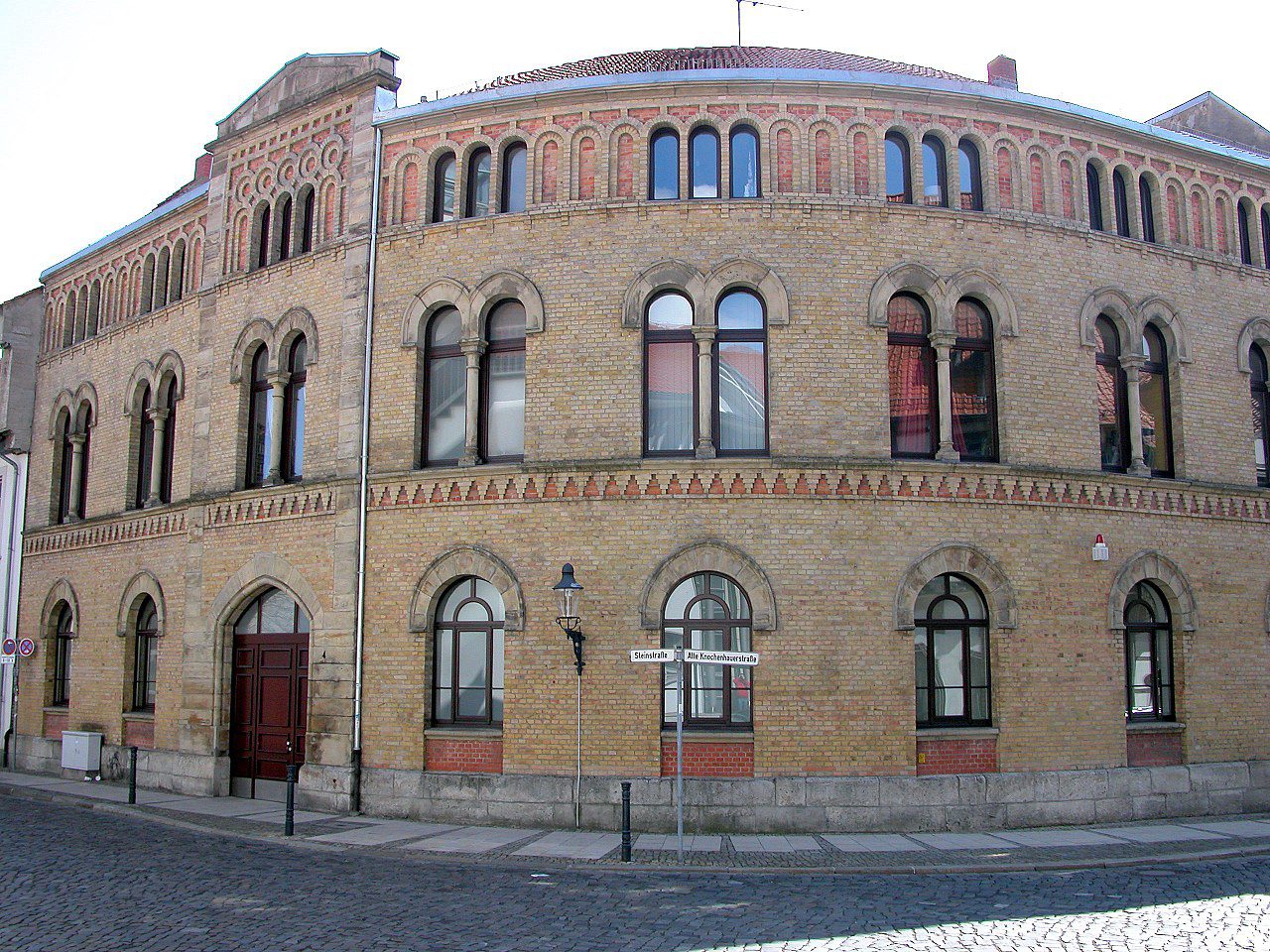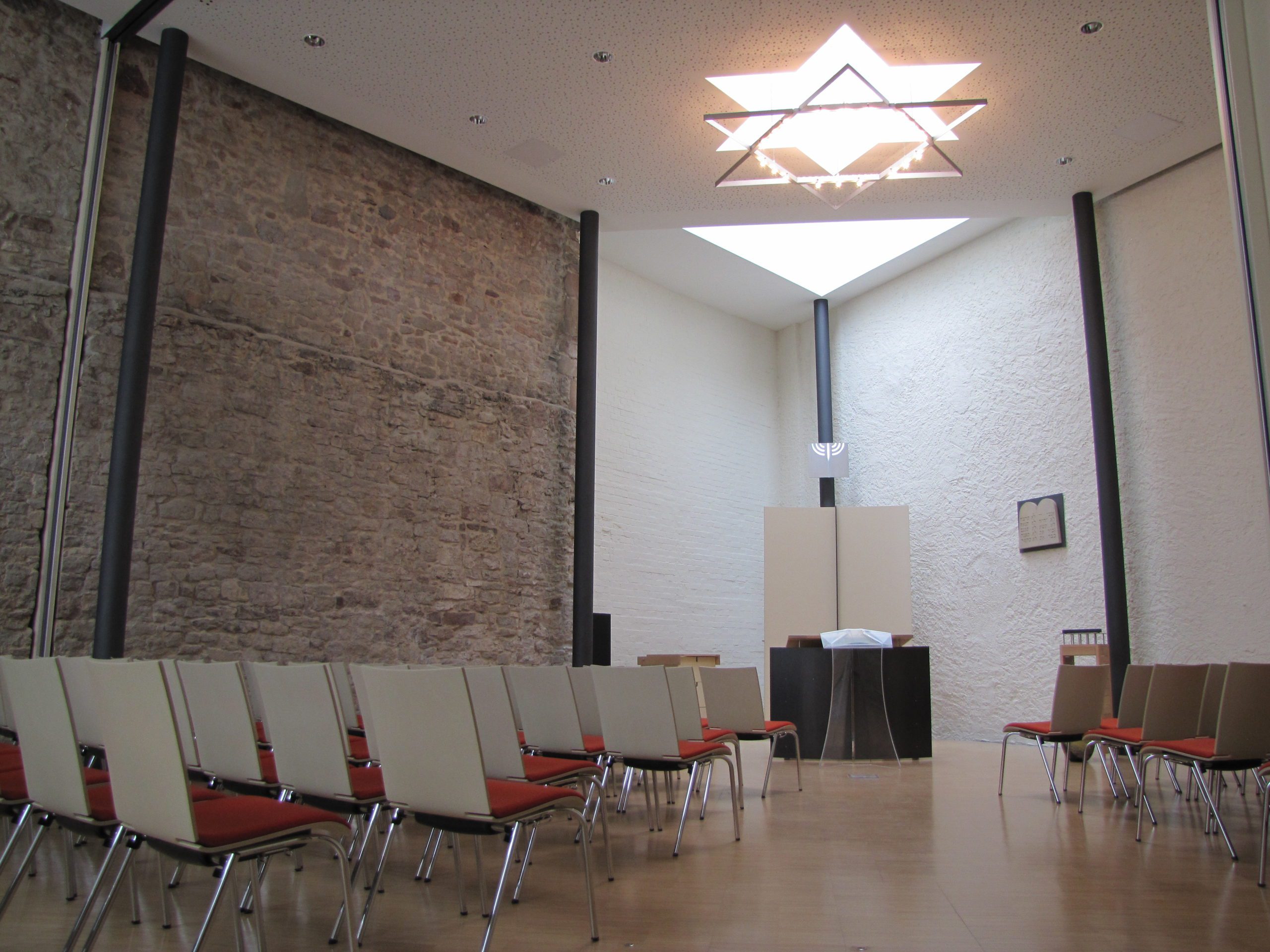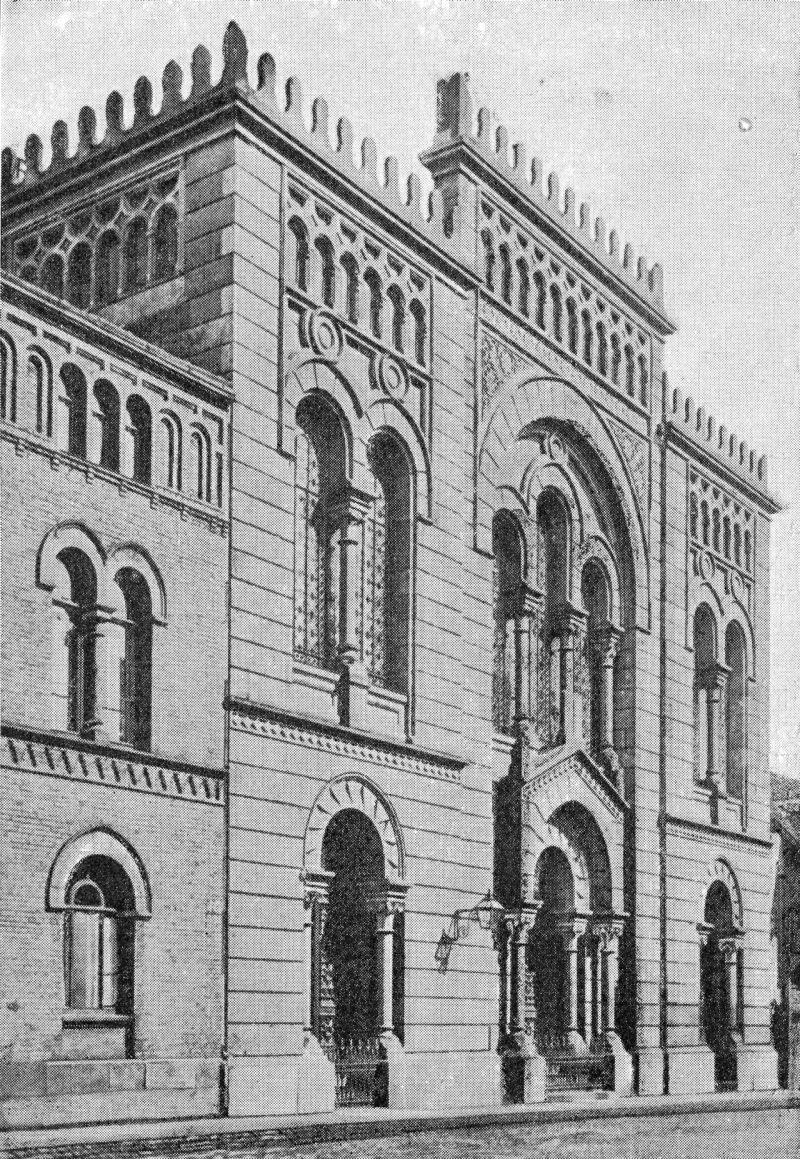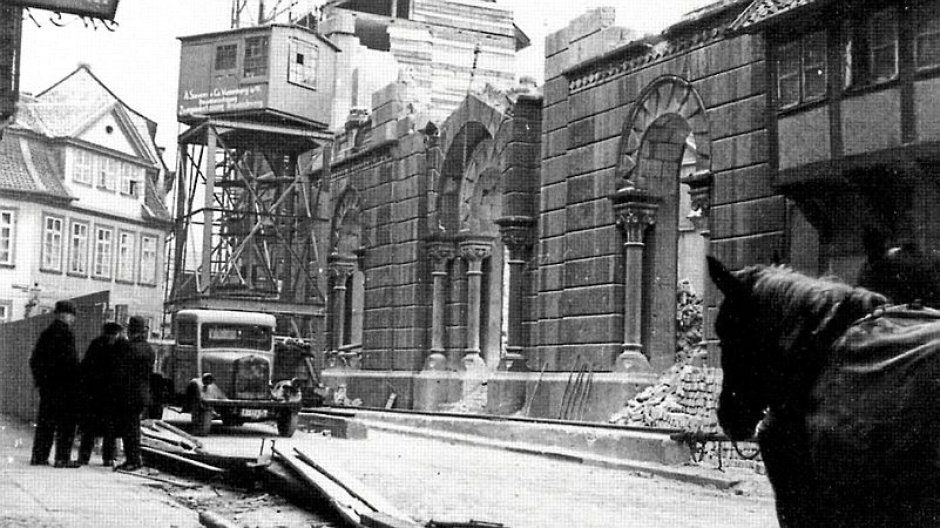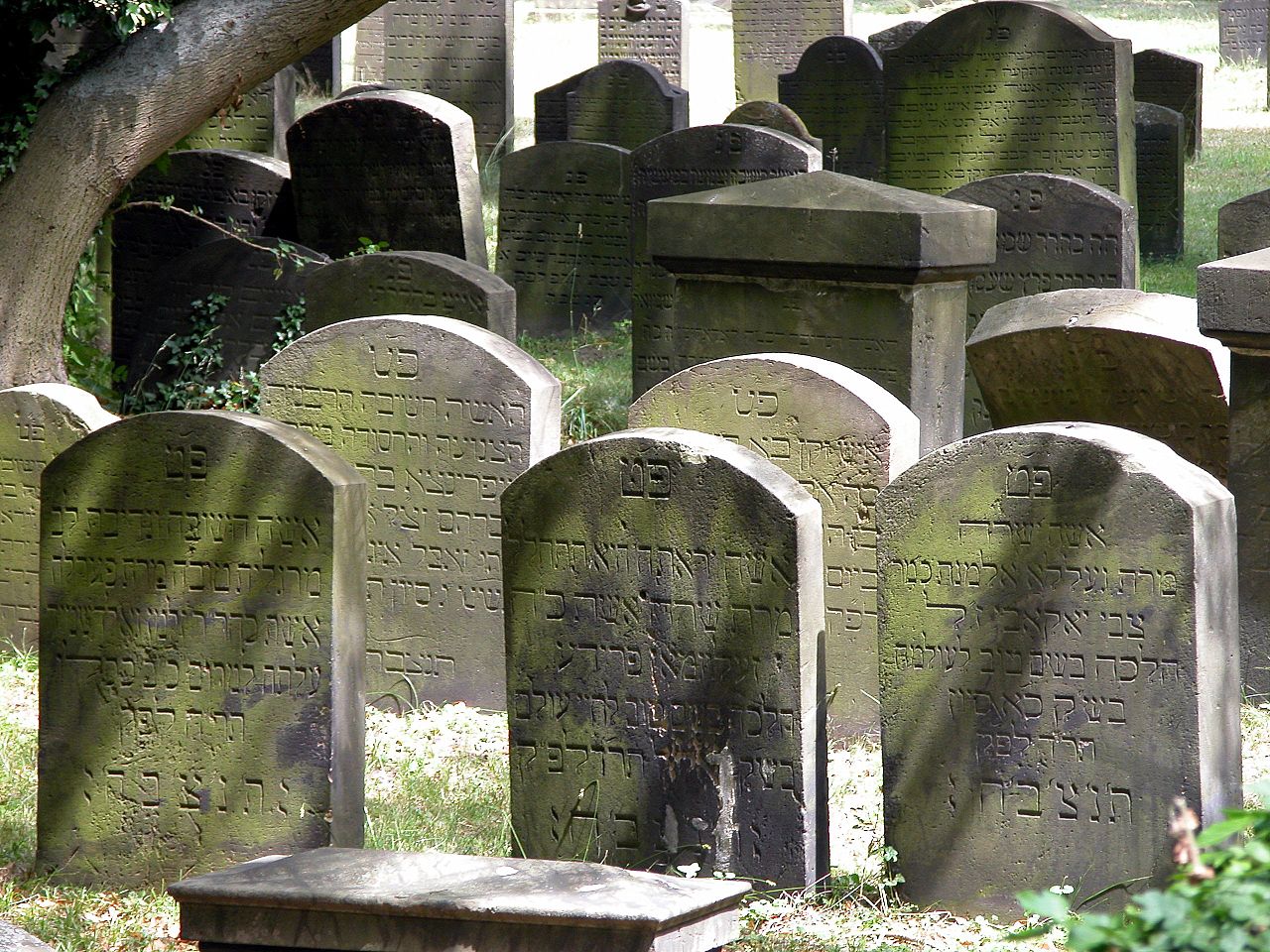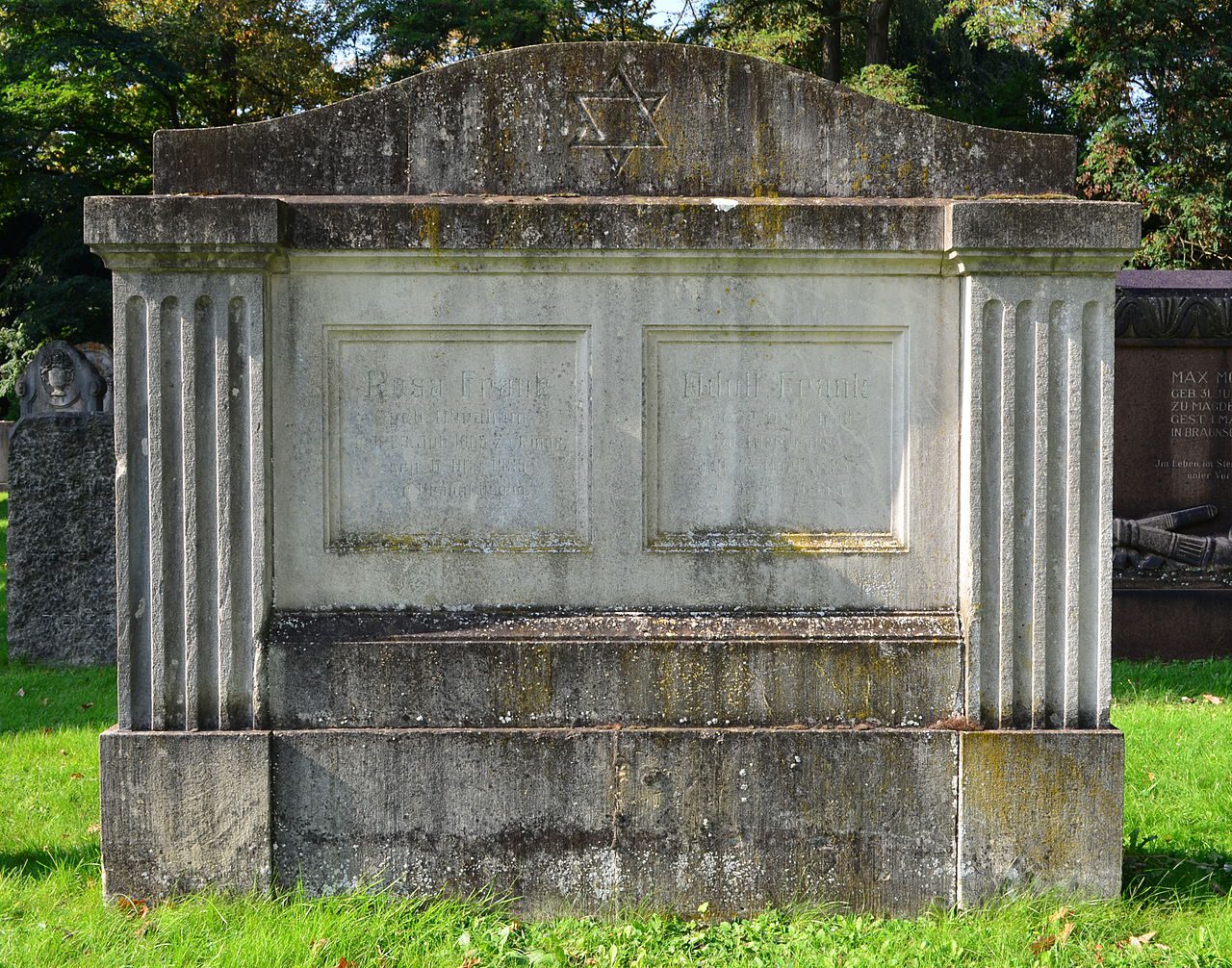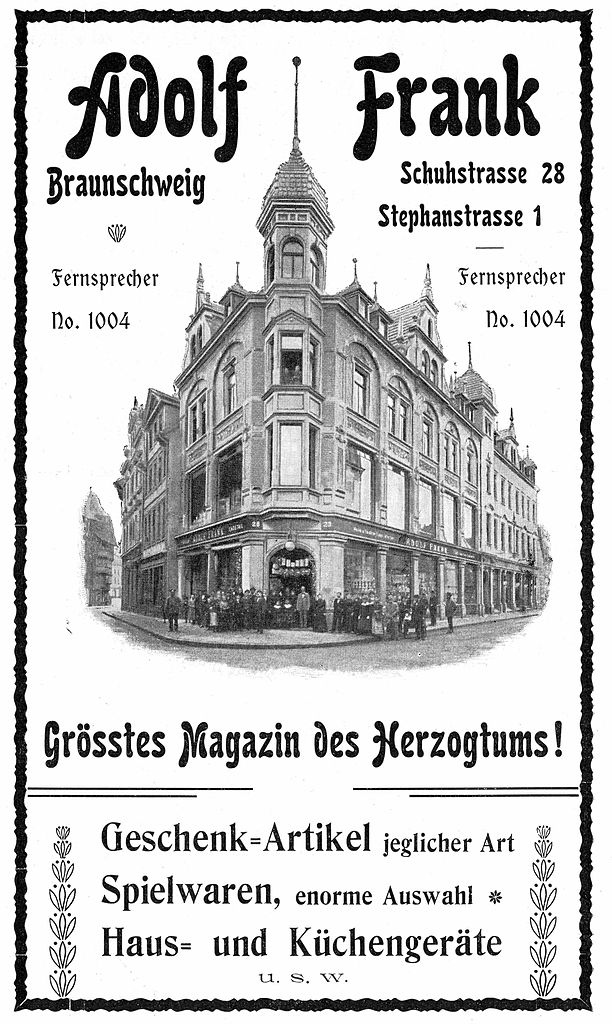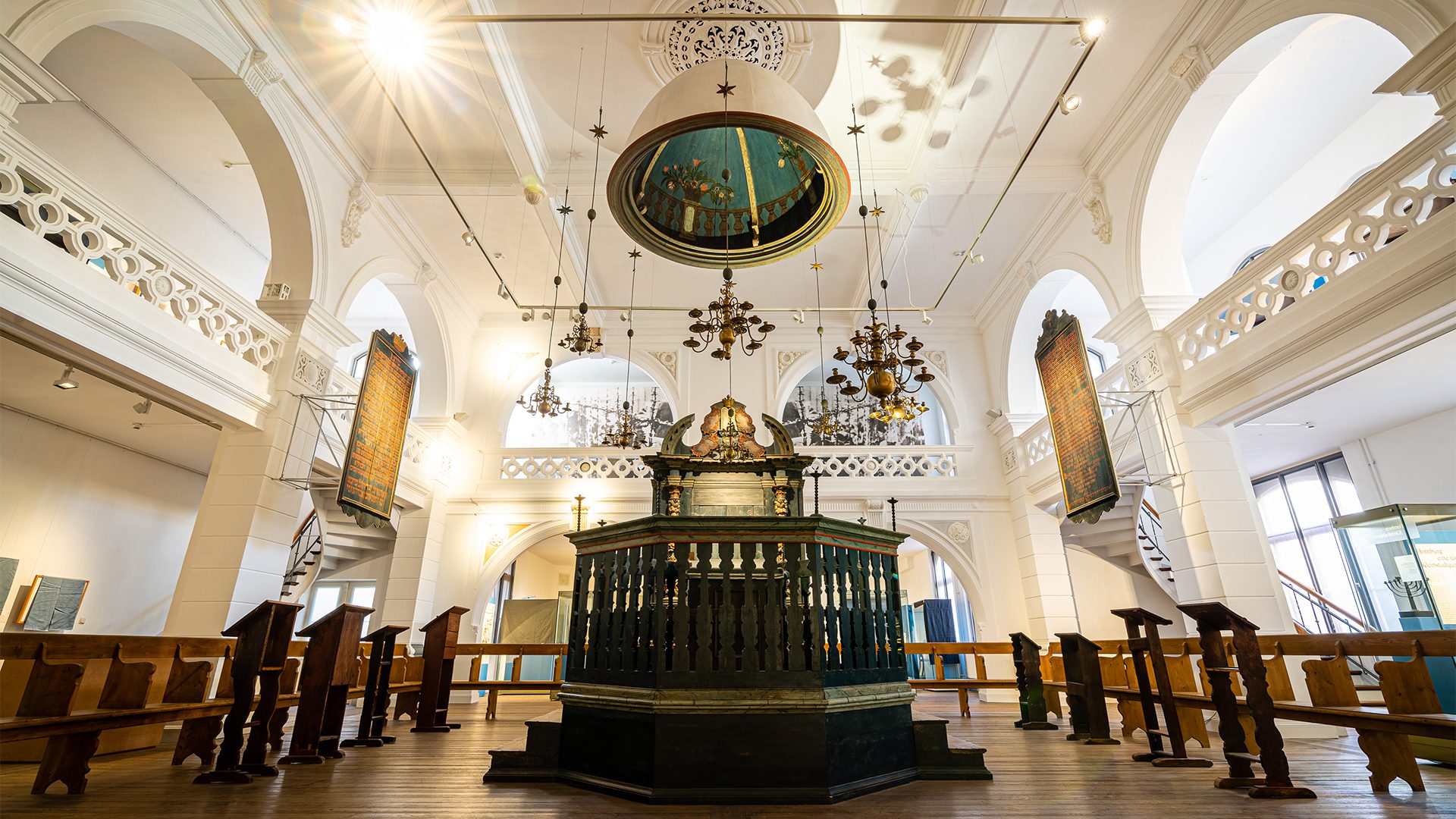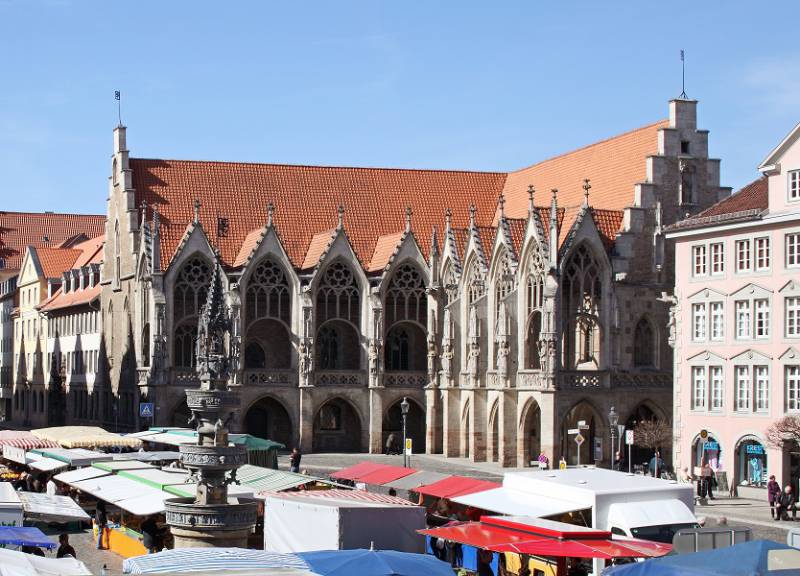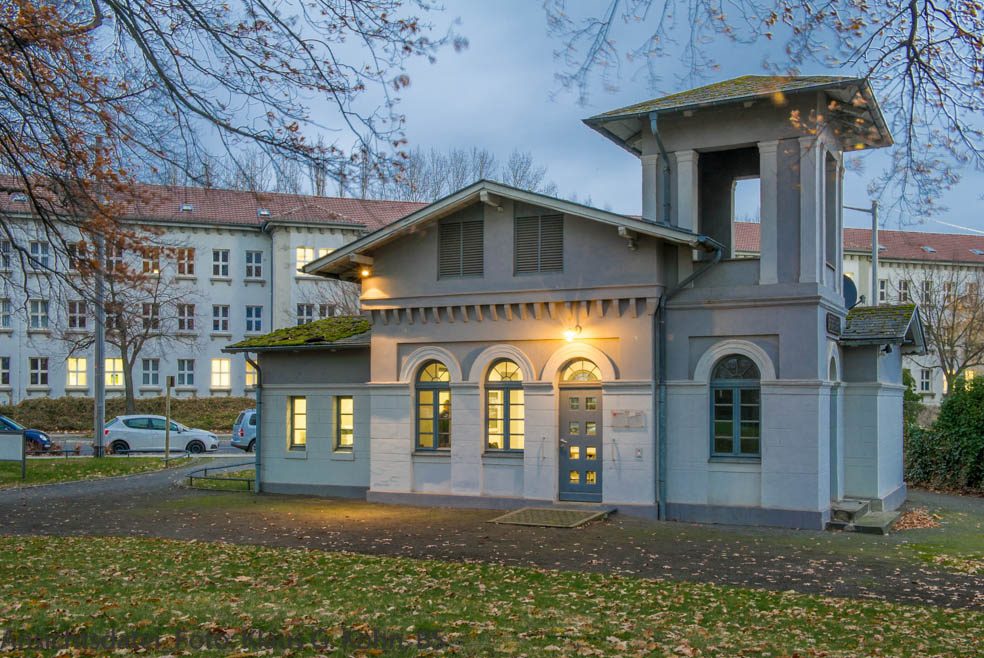Between Harz, Heath and Weser Jewish life in central Lower Saxony_ Braunschweig city
Braunschweig_ city
There is evidence of Jewish life in the town since the late 13th century; Jews were mostly involved in money trading and pawnbroking. The pogroms of the plague period around 1350 decimated the community. Until the early modern period, the authorities alternated between toleration and expulsion. In the era of the Enlightenment, strong impulses for Jewish renewal emanated from Brunswick, such as the founding of a reform school in Seesen am Harz by Israel Jacobson. While the state capital, with its strong labor movement, was governed by Social Democrats until 1933, the National Socialists had already ruled the Free State of Brunswick since 1930. Their measures followed a pattern: to drive out the Jewish population through terror until 1941, when emigration was forbidden and disenfranchisement was followed by genocide. The community reestablished itself after the war. Due to an influx, especially from the Soviet Union, it grew strongly after 1990 and built a new synagogue at the historic site in 2006.
Braunschweig in detail
Evidence of Jewish life in the city of Braunschweig dates back to the late 13th century. The pogroms of the plague period around 1350 decimated the community. Until the early modern period, the toleration of the Jews by the authorities for economic reasons alternated with expulsions. As policies toward Jews liberalized in the 18th century, their numbers increased. “Court Jews” like Alexander David (1687-1765) were indispensable to the princely house as bankers, lenders, army suppliers, and supraregional traders in luxury goods. He set up a prayer room in his residence on Kohlmarkt and acquired the adjoining house for a synagogue, which the council, however, did not permit during his lifetime. Conditions improved under the rule of the enlightened Duke Karl Wilhelm Ferdinand (1737-1806). After the philosopher and founder of the Jewish Enlightenment Moses Mendelssohn (1729-1786) met with the duke several times during visits to Brunswick, various discriminatory restrictions were relaxed, and the Jewish oath and Leibzoll were lifted altogether. In the nearby residential town of Wolfenbüttel, Gotthold Ephraim Lessing, as the duke’s librarian, set a literary monument to his friend Moses Mendelssohn with the drama Nathan the Wise, in the spirit of equal rights for religions.
While under the Napoleonic occupation Brunswick (1806-1814) was annexed to the Kingdom of Westphalia and Jews had full citizenship for the first time, the Brunswick banker, entrepreneur and reform pedagogue Israel Jacobson (1768-1828) founded a “Religious and Industrial School” in Seesen am Harz as the first interreligious school for Jewish and Christian children. Completely new were sermons in the school synagogue in German and Hebrew and its equipment with an organ.
After the reversal of the Napoleonic reforms, the Jewish population regained its equal rights only slowly and in stages. In 1821, the Jews received the right to join guilds and guilds. The revolutions of 1830 and 1848 were followed by further rights such as the right to vote, the right to be elected to municipal offices, and the permission of Jewish-Christian mixed marriages. Full professional equality was not granted to Jews in the state of Brunswick until 1919, with the new imperial constitution of the democratic republic of Weimar.
Until 1910, anti-Semitic pogroms in Russia were followed by several waves of immigration also to Braunschweig – whereby the relationship of the liberal and assimilated community to the traditionally to Orthodox “Eastern Jews” was generally characterized by strangeness. The newcomers built their “Ostjüdisches Bethaus Bet-Israel” as their own synagogue. In the 1920s, they made up somewhat a quarter of the city’s Jewish population. However, they considered the absorption of Judaism into German society illusory or not worth striving for.
Instead, it was primarily they who founded local Zionist organizations; for example, the local Zionist group Braunschweig-Wolfenbüttel, the Bar Kochba sports and gymnastics club, or the “Association of Jewish Women for Palestine Work.” Historically, their skepticism toward the majority society proved to be a realistic assessment of the situation. As early as 1919, shortly after the lost World War I and the revolutionary events, anti-Semitic leaflets also appeared in Braunschweig; a little later, schoolchildren were forbidden to wear swastika badges. In 1928, the synagogue was repeatedly attacked. On the initiative of the National Socialists, the Braunschweig state parliament banned slaughter in 1931. For while the city, with its strong labor movement, was governed by a Social Democratic mayor until 1933, a different political climate prevailed in the surrounding countryside.
In the Free State of Brunswick, the National Socialists had already come to power in 1930 – within a coalition government. As a result, they prepared the ground for Hitler’s political rise in Germany: they appointed the Austrian as a government councilor, thus granting him German citizenship. This was the prerequisite for his appointment as Chancellor of the German Reich in 1933. The anti-Semitic actions in Brunswick were characterized by particular radicalism: In March 1933, Nazis vandalized numerous department stores owned by Jews. During the pogrom of November 1938, the synagogue was a prey to flames. Since 1933, the number of Jewish inhabitants had decreased from about 1150 to about 250. Evidence shows that 196 Braunschweig Jews were taken to the East in 12 transports and murdered. Many chose suicide shortly before their deportation.
In September 1945, a few survivors began to rebuild the community. Due to obsolescence, it shrank to 39 members (1969). The influx of Jews from Eastern Europe since the fall of the Soviet Union provided a new vitality and sustainability: In December 2006, the new Brunswick synagogue was inaugurated at the old location in Steinstraße; today, the congregation comprises about 300 members (2019).tor (free version)

